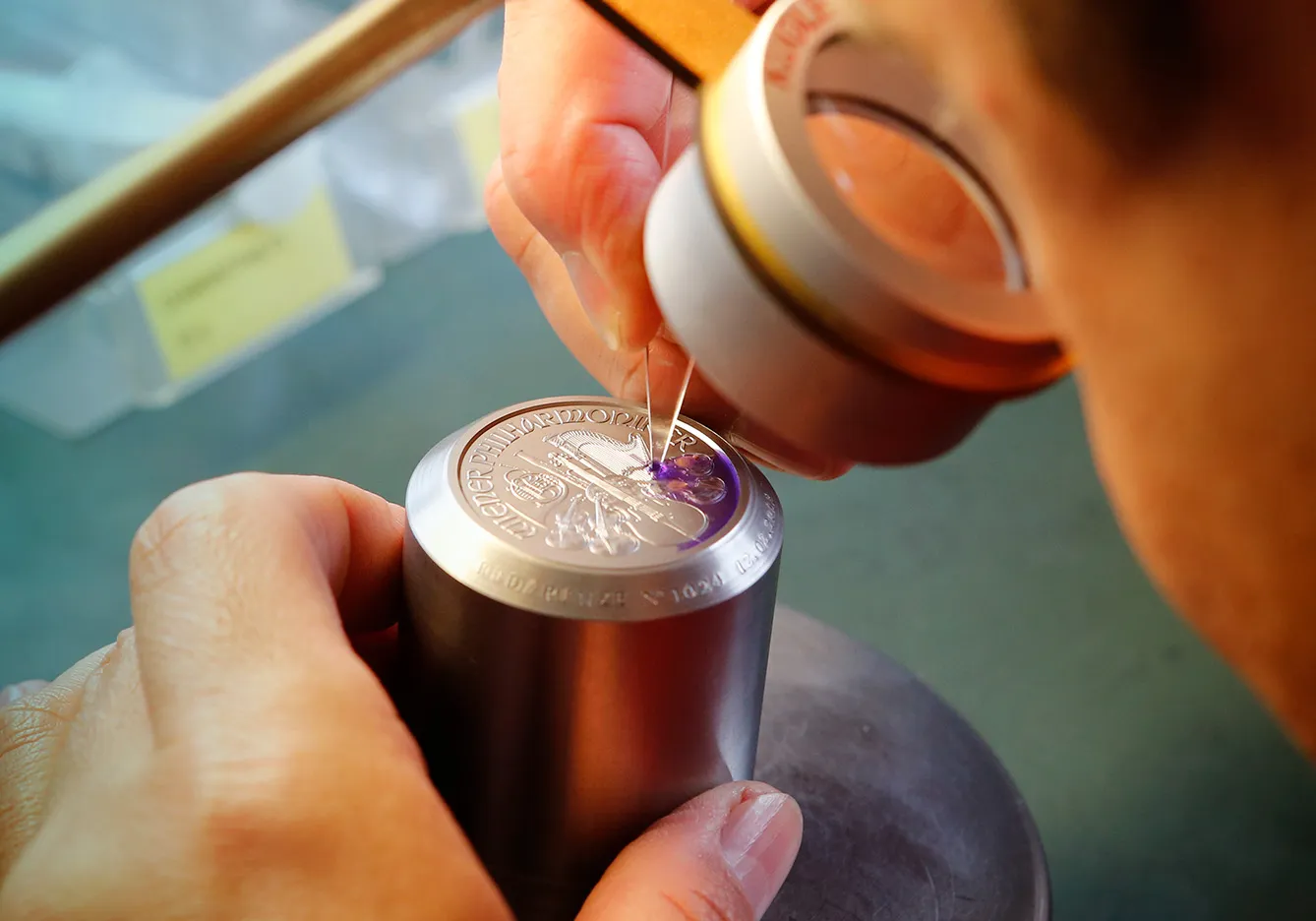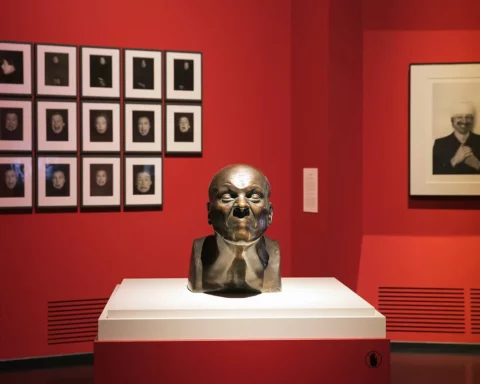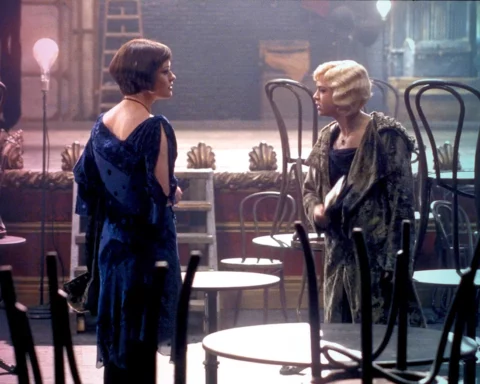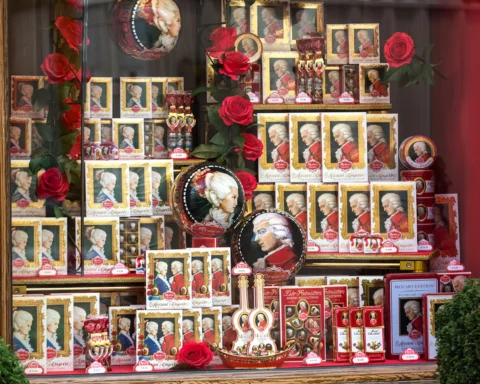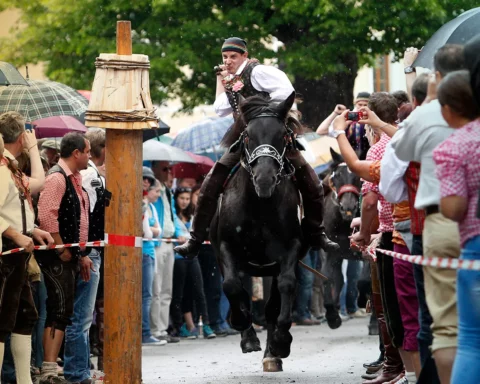Is all gold created equal? As it would seem, if you want to invest in pure gold, you can’t go wrong: just buy an ounce of certified pure gold, and there you have it. Easy, right? No, it’s not. You can trade a one-ounce gold coin of non-antiquary value to another and still lose. And, if you trade a Wiener Philharmoniker (or Vienna Philharmonic) coin, you may likely do.
There’s no “bit” in bullion coin
A bullion coin is a specific kind of object. It’s pure metal – not necessarily gold, but it’s still currency. It may have a face value, but this is really just a number, and its worth is more dependent on the current value of gold. Aka – you can rather lose (or hopefully earn!) money with them. It’s like a gold, silver, or platinum bar but with heads and tails. With personality.
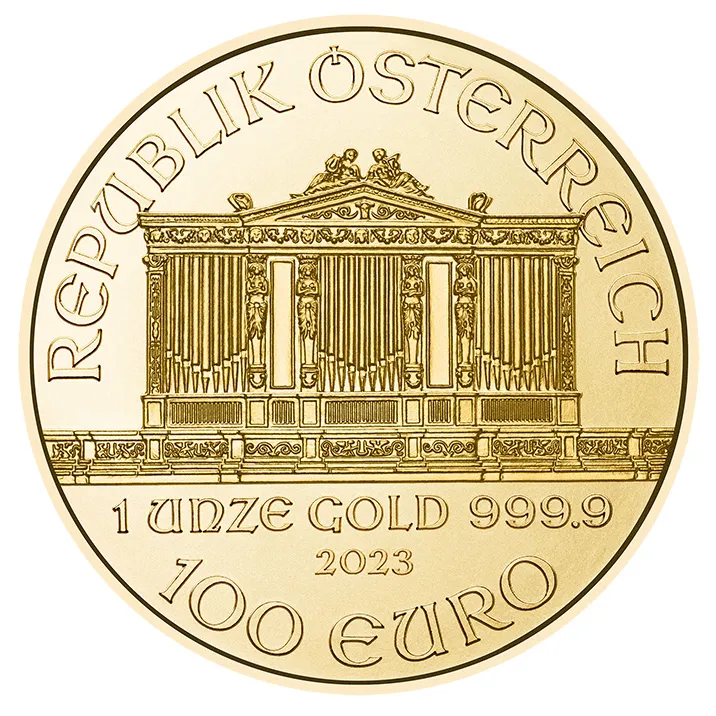
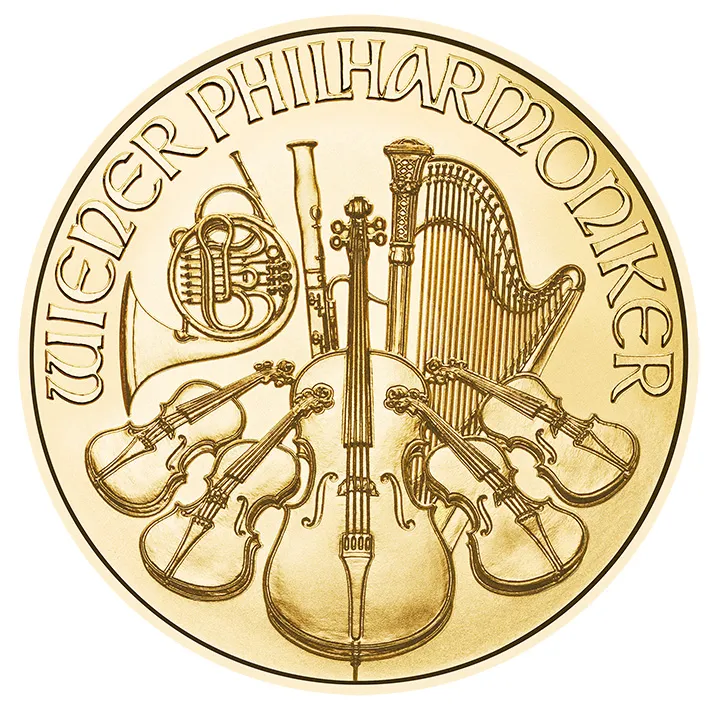
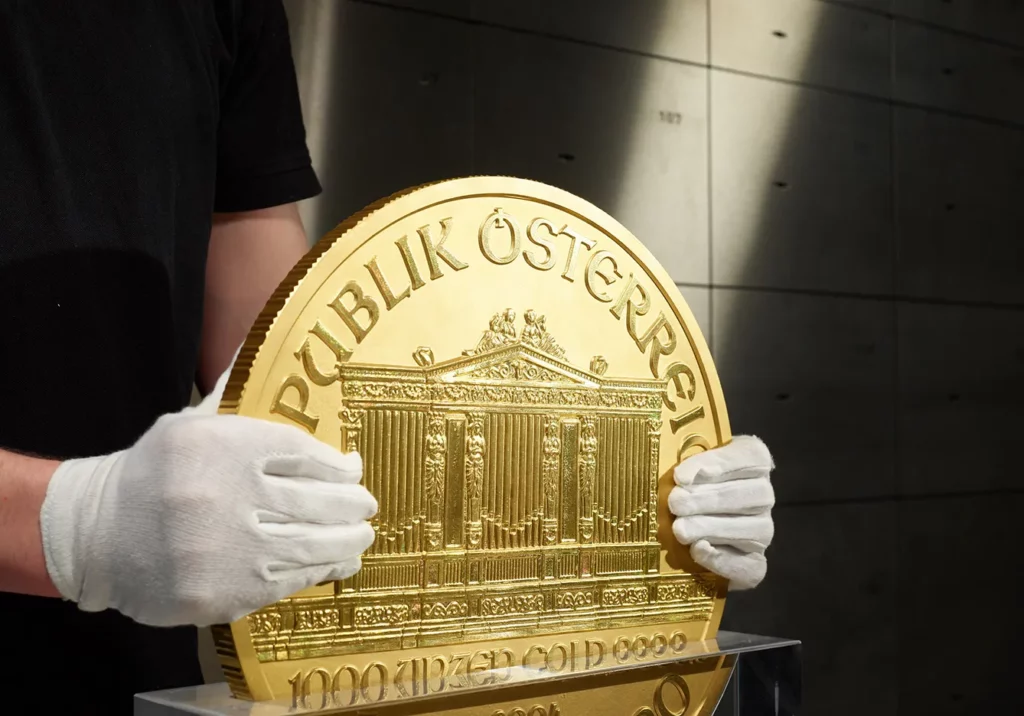
Investing in gold seems still to be a good idea: in the current decade, it’s again at a record high, perhaps used to shelter wealth against unpredictable world turmoil, which may result in unexpected loss of some currencies’ values (we’re looking at you, ruble!). So, for those who want to invest in gold, bullion coins are an easy sell: they’re harder to counterfeit than a gold bar, and, well, they have the personality we discussed above.
And the Wiener Philharmoniker, introduced in 1989, is among the most prized bullion coins you can buy – for several reasons. They are not the oldest. Number one in this regard is the Krugerrand – the South African coin introduced back in 1970. The date here is important, as the Rand Gold Rectification Plant debuted the coin before Richard Nixon’s 1972 move to drop the gold standard.
Before 1971, the price of gold was fixed to the US dollar (in international trade, not in consumer trade) at a rate of USD 35 per ounce. Nixon’s move allowed the US to print more dollars than there was gold in reserves, which led to dollar inflation – so gold skyrocketed. The Krugerrand was already there and, to this date, remains the most widely used bullion coin to protect against inflation, having foreseen the first of its kind.
Wiener Philharmoniker: the gold standard
However, in the seventies and eighties, many countries across the world decided to issue their own bullion coins with the corresponding weight in ounces and metal composition stated on their face. The Austrian Mint was among them. With its high purity and world recognition, it’s at the top of the most widely circulated bullion coins, right next to Canadian Leaf and American Eagle.
But to some extent, the thing is in its beauty. First issued with a face value of 2000 Austrian schillings, now it’s a one-hundred-euro coin – that’s the nominal value of a one-ounce-coin, though it should be noted that the coins also come as halves and quarters.
One side of the coin depicts musical instruments. On the other – a very special pipe organ from Vienna Musikverein’s Golden Hall – the 1870 concert hall that is home to the Wiener Philharmoniker – the Vienna Philharmonic Orchestra.
Its reverse depicts musical instruments associated with the Philharmonic – a bassoon, harp, and four violins – for a quartet – centered around the cello. It also includes one more instrument specifically connected to Vienna – the Viennese horn, the 1840s variation of the horn introduced by the Viennese manufacturer Uhlmann.
Yes, it is still a bullion coin, and there are lots of them – 700,000 one-ounce Viennese coins were minted in 2020 alone – but it can be beautiful anyway, right? And, if you’re hungry for a bigger investment, take note that the biggest Vienna Philharmonic coin minted was a thousand times the regular size – or 31 kilograms of pure gold. “Big Phil,” as it’s called, with a face value of EUR 100,000, is almost forty centimeters in diameter pure pill of gold.


